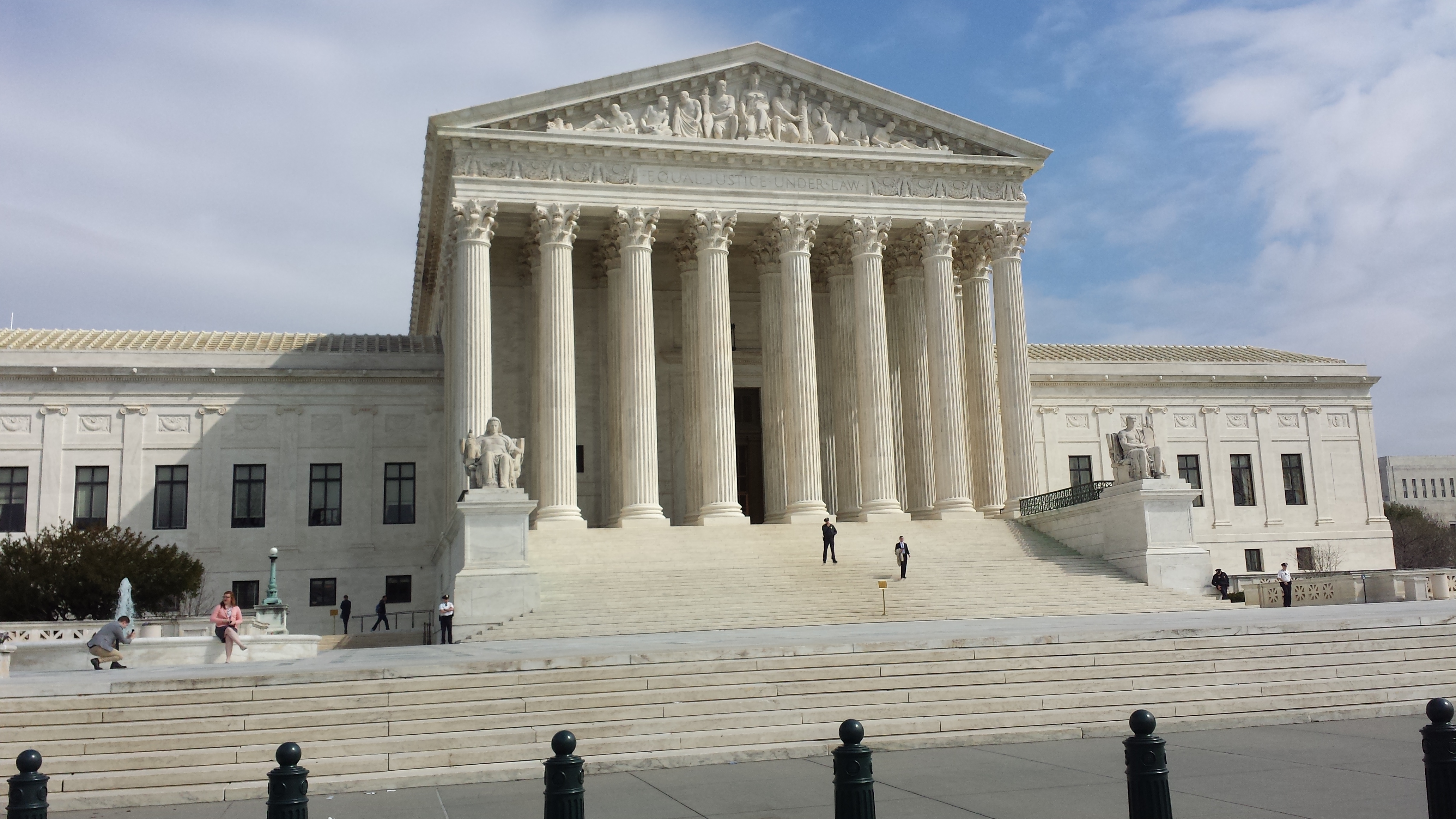Blog Post — This Road Seems Very Familiar
We see an increased effort to allow “transgender” service members to serve openly in the military. The effort began shortly after the decision to allow homosexuals to serve openly in the military. The law prior to December 2010 was very clear that homosexuals could not serve in the military — period. Instead President Clinton’s convoluted “Don’t Ask, Don’t Tell” policy was interpreted as the law and is what gave homosexuals the false impression that they could serve in the military as long as they remained “in the closet.” The “discriminatory” policy is what was used to overturn the actual law.
So it began: “The letter from the Navy official, dated May 2, 2013 read: ‘Per your request the Defense Enrollment Eligibility Reporting System (DEERS) has been updated to show your gender as female effective April 12, 2013.’
“Autumn” Sandeen’s military identification card now reflects the change.
“The fact that a process exists [to change the gender listed] indicates that there are people in the Department of Defense who are aware of the needs of transgender retirees and who are working to see those needs met,” said OutServe-SLDN executive director Allyson Robinson.”
The same tactics are being used: The Palm Center, a think tank in San Francisco that promotes the study of lesbian, gay, bisexual and transgender people in the military, says that there already are 15,500 transgender personnel in the U.S. military, but they are not allowed to serve openly. The study found that a repeal on transgender service could be lifted in a way that would not be burdensome or exceedingly complex for the military.”
The Palm Center Commission recommended active-duty service members who determine they need transition surgery should be treated the same as service members who need to recover from other more common surgeries. Gender-specific uniform items, like skirts, should be issued all at once, in order to prevent embarrassment, the commission found.
George Brown reported to Courthouse News Service that findings from a forthcoming study of data from five million service members will show that the prevalence of male-to-female transgender people in the military is twice that of the general population (Klasfeld 2012).
In June last year a former member of SEAL Team Six become the poster girl for a Pentagon effort to include transgenders — people who have undergone sex-change operations — in the ranks.
Kristin Beck, formerly Senior Chief Petty Officer Christopher Beck, spoke recently at several high-profile events at intelligence agencies and the Pentagon to promote the integration of transgenders.
“Transgender service in the armed forces, yes it will happen soon,” “she” said on Twitter.
In October 2014 the Obama administration said the U.S. Army “discriminated” against a transgender male employee by not allowing him to use the female restroom, calling him “he,” and asking him to stop having uncomfortable and “unwanted” discussions with his co-workers about his upcoming surgical castration. The U.S. Office of Special Counsel (OSC) found that the Department of the Army committed gender identity discrimination. Although the OSC said that supervisors acted “perhaps with the best of intentions” while “navigating new terrain,” it ruled that they had to endure sensitivity training.
Two months later, the 23rd Secretary of the Air Force, Deborah Lee James, announced she’s okay with transgenders in the US Air Force. She said times change and the policy will come under review in the next year or two.
She told USA Today, “From my point of view, anyone who is capable of accomplishing the job should be able to serve.”
Now a US Army draft document says the decision to discharge transgender soldiers from the Army would be made by a top, senior civilian official. Instead of being made by lower-level Army officers, the memorandum says, the decision to discharge transgender soldiers would be made by the assistant secretary of the Army for personnel.
This draft document is being applauded by transgender activists. “This is a welcome step toward inclusive policy, but transgender troops must still serve in silence until more is done to dismantle the ban,” said Aaron Belkin, director of the Palm Center.
Just how will such a move create a better military? How will it increase unit cohesion? Military readiness? How will such a policy change help in our national defense?
It will not! This is just another step in the social engineering being orchestrated by those who do not understand the uniqueness of the United States military. Or is another goal in mind?




